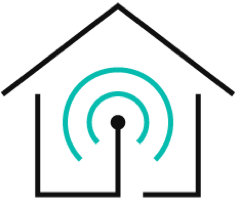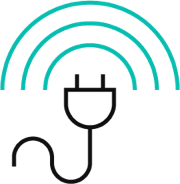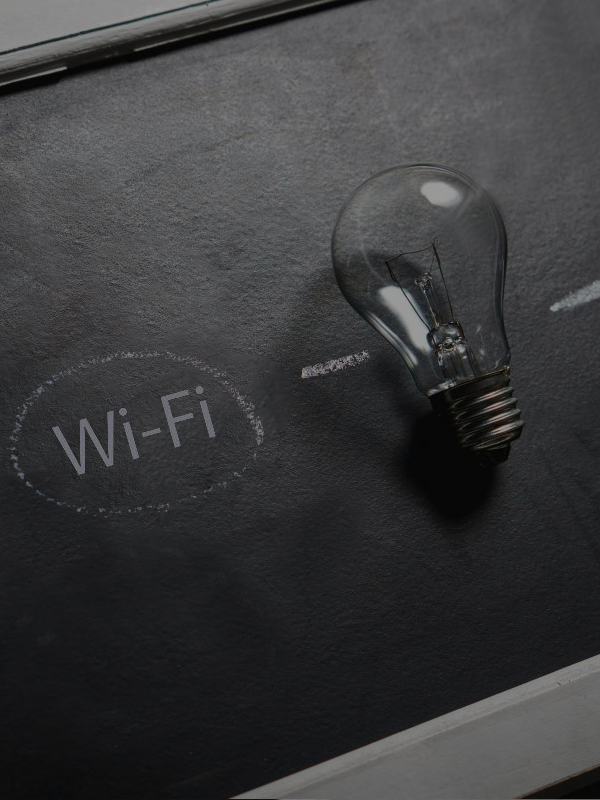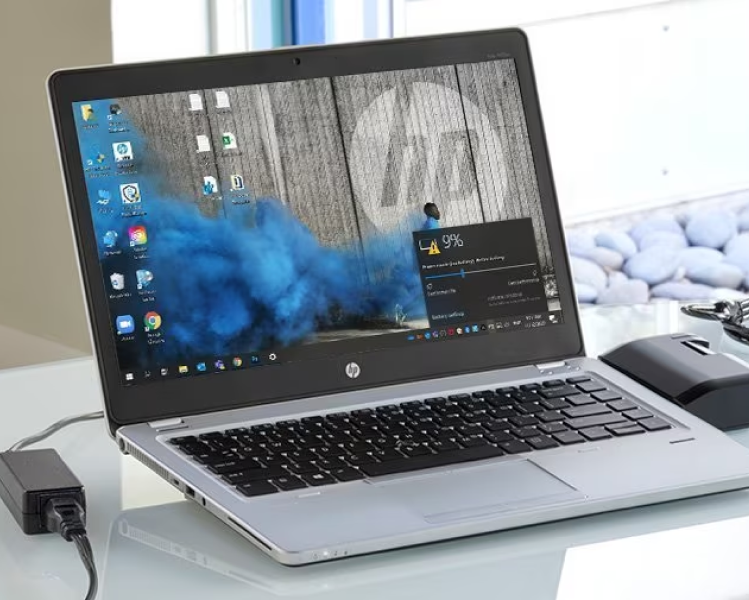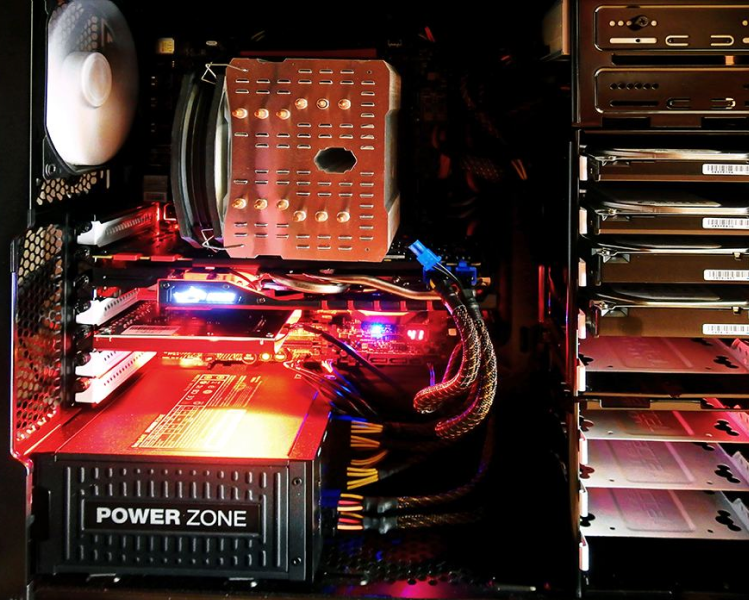Where do I begin?
If you’re getting started with building a smart home, it is important to understand the different type of protocols available. The 3 most popular ones are Wi-Fi, ZigBee, and Z-Wave. Smart Wi-Fi devices are very convenient. All you need to do is connect them to your Wi-Fi network and you are ready to go. With Zigbee and Z-wave devices, you must purchase a dedicated smart hub (or bridge) to connect them.
Why should I buy Zigbee and Z-Wave devices then?
The simple answer is “Wi-Fi devices are limited.” Although theoretically speaking, many wireless routers allow up to 250 connected devices to a single Wi-Fi access point, it is not feasible for practical use. Laptops, phones, tablets, printers, gaming consoles, etc. are all connected to your Wi-Fi network. As more devices connect to the same network, the performance of your devices will degrade with issues such as slower network speed, interference issues, connection drops, etc.
Zigbee and Z-wave devices do not directly connect to your Wi-Fi network. They are connected to a smart hub which is then connected to your Wi-Fi network. Instead of having dozens of smart devices connected to your router, only the smart hub is connected to your router.
If you only have a few smart devices, then you probably won’t notice any difference. As you buy and connect more devices to your Wi-Fi network, the issues will become more apparent. For people that only want to control a few smart devices, then stick with Wi-Fi devices. But for those that want to build a smart home with dozens of devices, you should invest in a smart hub that can connect to Zigbee/Z-Wave devices.
Which smart hub?
There is a dozen of hubs with a wide range of functionalities in the market. If you’re just getting started, finding the right hub for your needs may be a little difficult. Below is a list with some of the popular hubs
- Google Home Hub – This is great for people that just want to keep things simple. This hub can only connect to Wi-Fi devices, but it does a have a speaker, 7-inch display, and Google’s voice assistant for streaming music, YouTube videos, and search for anything.
- Amazon Echo Plus 2 – Just like the Google Home Hub, the Echo Plus 2 is great for people that want to build a simple smart home. Instead of Google Assistant, it comes with Amazon’s Alexa. In addition to Wi-Fi, this hub also comes with the Zigbee protocol.
- Samsung SmartThings V3 – This hub supports Wi-Fi, Zigbee, and Z-wave. It is the most affordable one in the list and can connect to hundreds of Zigbee/Z-wave devices (more than most other hubs.) It also has a small form factor, but it lacks a speaker and voice assistant for control.
- Mixtile Hub – This hub also supports Wi-Fi, Zigbee, and Z-wave. It has a built-in voice assistant and built-in battery (for power outage situation). This is the only hub in the list that works without internet and processes all the data inside the hub instead of over the cloud. This is great for people that values privacy.
- Raspberry Pi 3 – This is for advanced users that want to build their own smart home hub. It has a Wi-Fi built in, but if you want Zigbee and Z-wave as well, you will need to buy compatible Zigbee and Z-Wave USB dongles. You can code everything from scratch!
In conclusion, if you are planning on getting dozens of smart home devices, invest in Zigbee/Z-wave hub and devices otherwise Wi-Fi devices should be sufficient. Make sure you do more research before you invest in smart home. If you’re interested to learn about how power outage affects your smart home, feel free to read what happens to smart home device during a power outage ?

